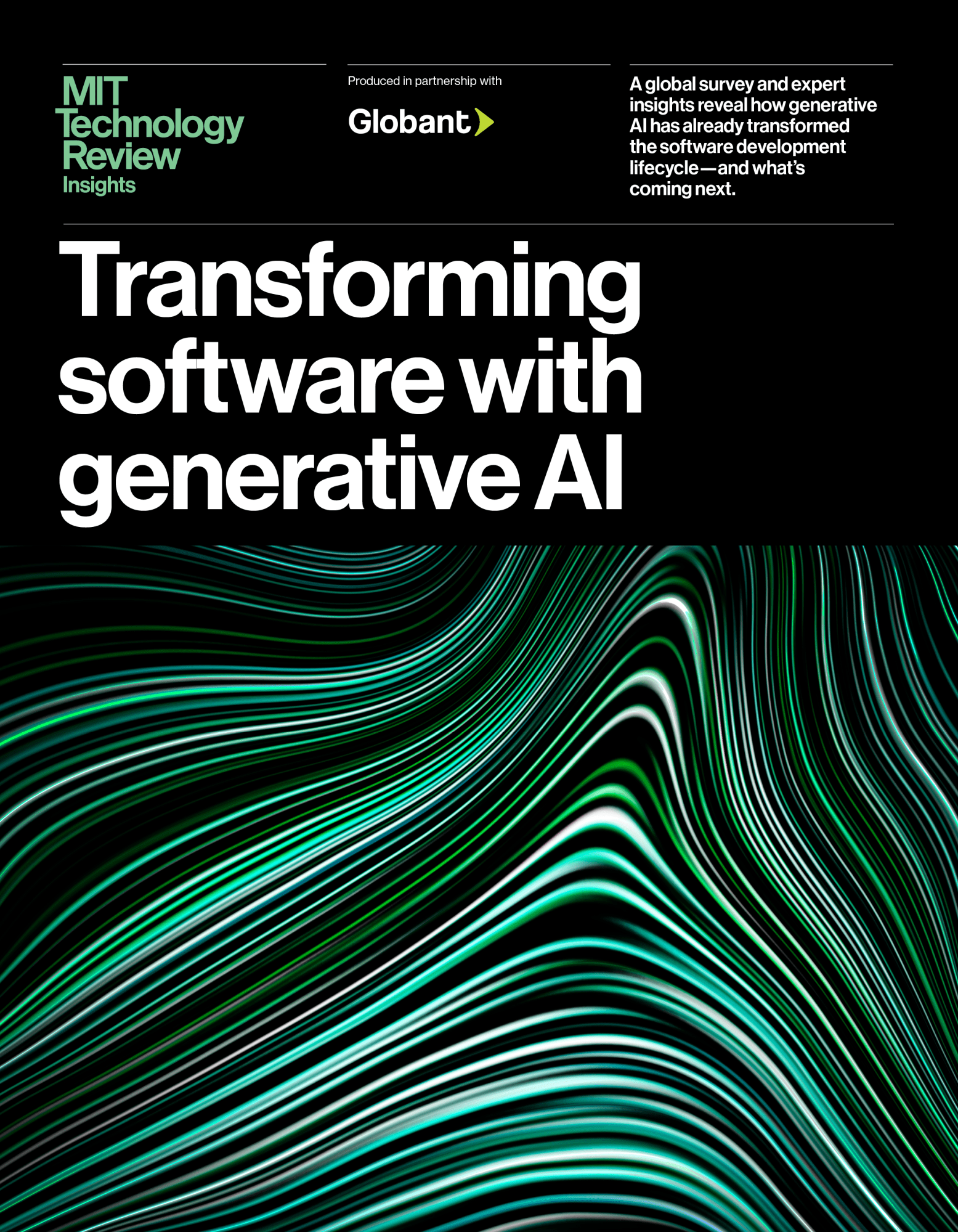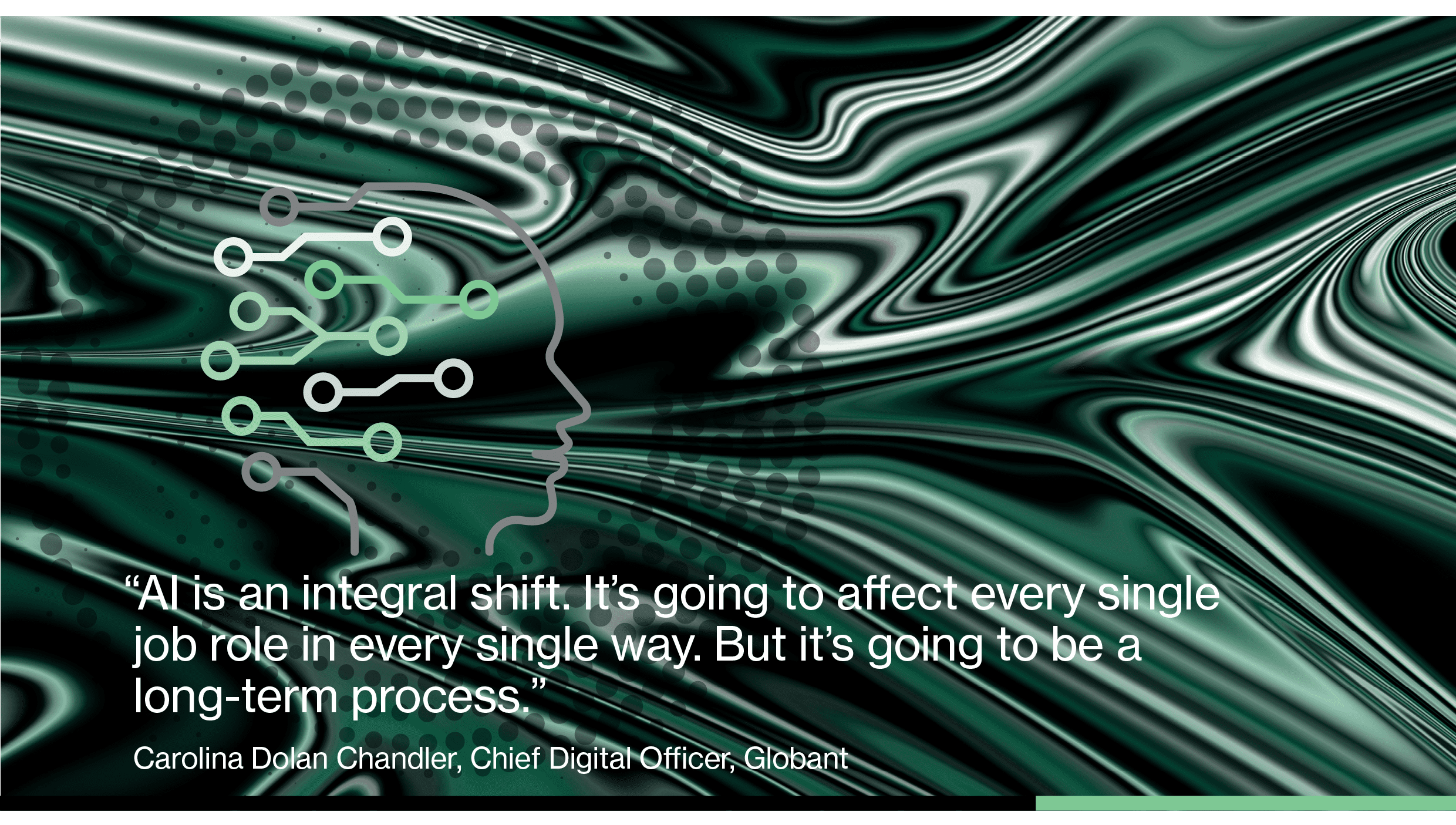Investing in AI to build next-generation infrastructure
The demand for new and improved infrastructure across the world is not being met. The Asian Development Bank has estimated that in Asia alone, roughly $1.7 trillion needs to be invested annually through to 2030 just to sustain economic growth and offset the effects of climate change. Globally, that figure has been put at $15 trillion.
In the US, for example, it is no secret that the country’s highways, railways and bridges are in need of updating. But similar to many other sectors, there are significant shortages in skilled workers and resources, which delays all-important repairs and maintenance and harms efficiency.
This infrastructure gap – the difference between funding and construction – is vast. And while governments and companies everywhere are feeling the strain of constructing an energy efficient and sustainable built environment, it’s proving more than humans can do alone. To redress this imbalance, many organizations are turning to various forms of AI, including large language models (LLMs) and machine learning (ML). Collectively, they are not yet able to fix all current infrastructure problems but they are already helping to reduce costs, risks, and increase efficiency.

Overcoming resource constraints
A shortage of skilled engineering and construction labor is a major problem. In the US, it is estimated that there will be a 33% shortfall in the supply of new talent by 2031, with unfilled positions in software, industrial, civil and electrical engineering. Germany reported a shortage of 320,000 science, technology, engineering, and mathematics (STEM) specialists in 2022 and another engineering powerhouse, Japan, has forecast a deficit of more than 700,000 engineers by 2030. Considering the duration of most engineering projects (repairing a broken gas pipeline for example, can take decades), the demand for qualified engineers will only continue to outstrip supply unless something is done.
Immigration and visa restrictions for international engineering students, and a lack of retention in formative STEM jobs, exert additional constraints. Plus, there is the issue of task duplication which is something AI can do with ease.
Julien Moutte, CTO of Bentley Systems explains, “There’s a massive amount of work that engineers have to do that is tedious and repetitive. Between 30% to 50% of their time is spent just compressing 3D models into 2D PDF formats. If that work can be done by AI-powered tools, they can recover half their working time which could then be invested in performing higher value tasks.”
With guidance, AI can automate the same drawings hundreds of times. Training engineers to ask the right questions and use AI optimally will ease the burden and stress of repetition.
However, this is not without challenges. Users of ChatGPT, or other LLMs, know the pitfalls of AI hallucinations, where the model can logically predict a sequence of words but without contextual understanding of what the words mean. This can lead to nonsensical outputs, but in engineering, hallucinations can sometimes be altogether more risky. “If a recommendation was made by AI, it needs to be validated,” says Moutte. “Is that recommendation safe? Does it respect the laws of physics? And it’s a waste of time for the engineers to have to review all these things.”
But this can be offset by having existing company tools and products running simulations and validating the designs using established engineering rules and design codes which again relieves the burden of having the engineers having to do the validating themselves.
Improving resource efficiency
An estimated 30% of building materials, such as steel and concrete, are wasted on a typical construction site in the United States and United Kingdom, with the majority ending up in landfills, although countries such as Germany and The Netherlands have recently implemented recycling measures. This, and the rising cost of raw materials, is putting pressure on companies to think of solutions to improve construction efficiency and sustainability.
AI can provide solutions to both of these issues during the design and construction phases. Digital twins can help workers spot deviations in product quality even and provide the insights needed to minimize waste and energy output and crucially, save money.
Machine learning models use real-time data from field statistics and process variables to flag off-spec materials, product deviations and excess energy usage, such as machinery and transportation for construction site workers. Engineers can then anticipate the gaps and streamline the processes, making large-scale overall improvements for each project which can be replicated in the future.
“Being able to anticipate and reduce that waste with that visual awareness, with the application of AI to make sure that you are optimizing those processes and those designs and the resources that you need to construct that infrastructure is massive,” says Moutte.
He continues, “The big game changer is going to be around sustainability because we need to create infrastructure with more sustainable and efficient designs, and there’s a lot of room for improvement.” And an important part of this will be how AI can help create new materials and models to reduce waste.
Human and AI partnership
AI might never be entirely error-free, but for the time being, human intervention can catch mistakes. Although there may be some concern in the construction sector that AI will replace humans, there are elements to any construction project that only people can do.
AI lacks the critical thinking and problem-solving that humans excel at, so additional training for engineers to supervise and maintain the automated systems is key so that each side can work together optimally. Skilled workers have creativity and intuition, as well as customer service expertise, while AI is not yet capable of such novel solutions.
With the engineers implementing appropriate guardrails and frameworks, AI can contribute the bulk of automation and repetition to projects, thereby creating a symbiotic and optimal relationship between humans and machines.
“Engineers have been designing impressive buildings for decades already, where they are not doing all the design manually. You need to make sure that those structures are validated first by engineering principles, physical rules, local codes, and the rest. So we have all the tools to be able to validate those designs,” explains Moutte.
As AI advances alongside human care and control, it can help futureproof the construction process where every step is bolstered by the strengths of both sides. By addressing the concerns of the construction industry – costs, sustainability, waste and task repetition – and upskilling engineers to manage AI to address these at the design and implementation stage, the construction sector looks set to be less riddled with potholes.
“We’ve already seen how AI can be used to create new materials and reduce waste,” explains Moutte. “As we move to 2050, I believe engineers will need those AI capabilities to create the best possible designs and I’m looking forward to releasing some of those AI-enabled features in our products.”
This content was produced by Insights, the custom content arm of MIT Technology Review. It was not written by MIT Technology Review’s editorial staff.





